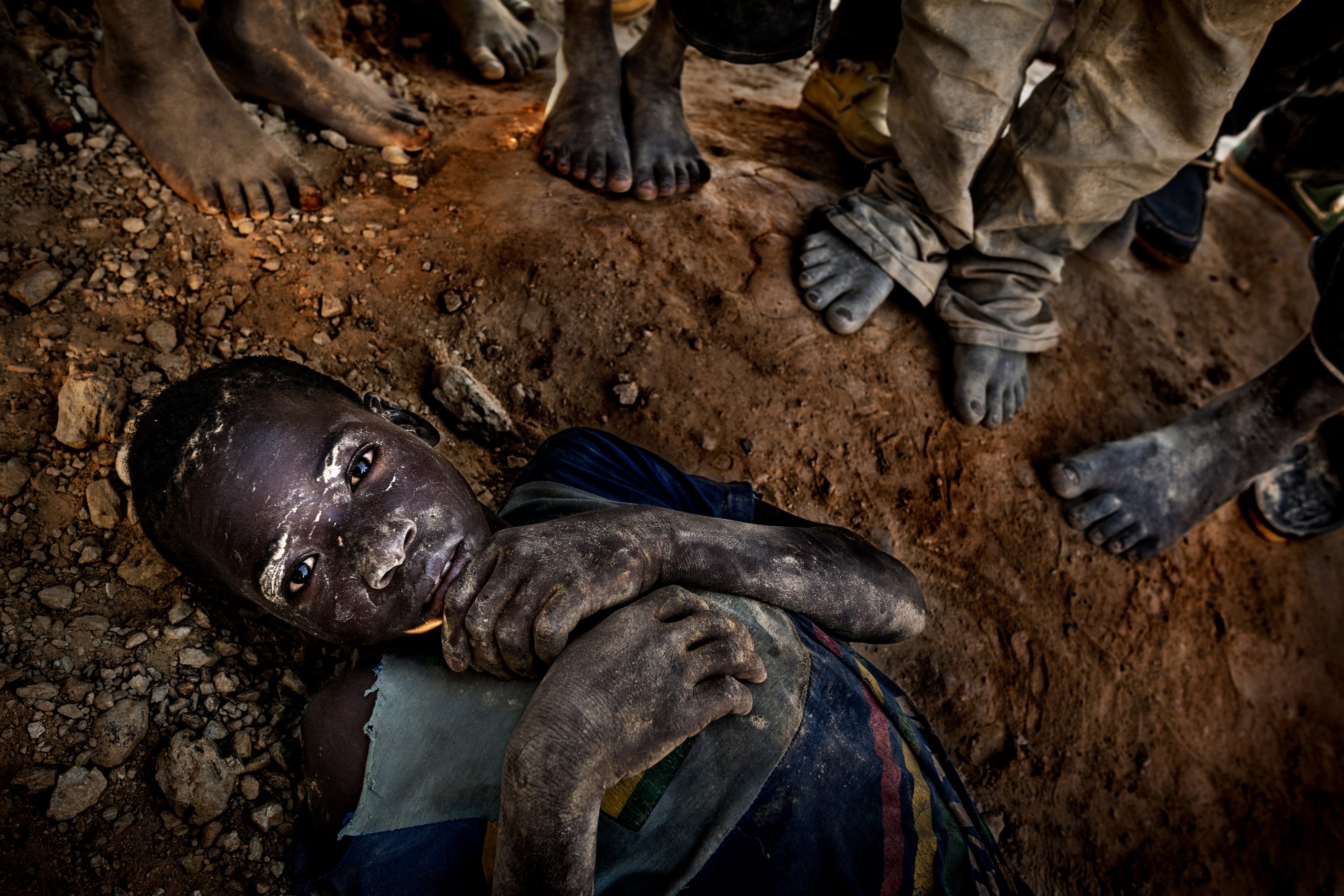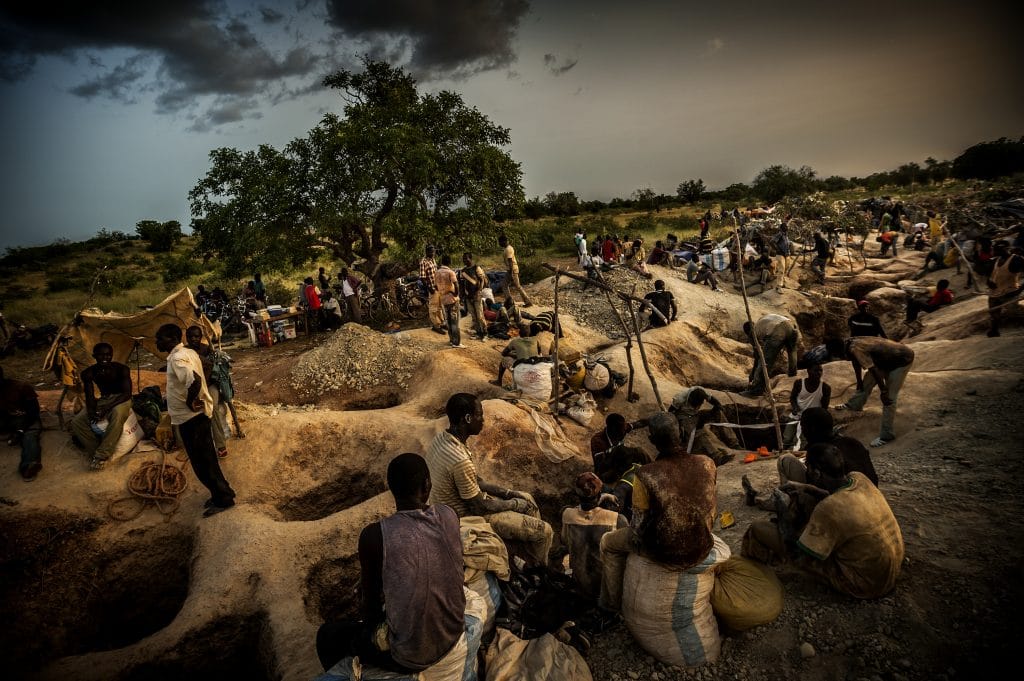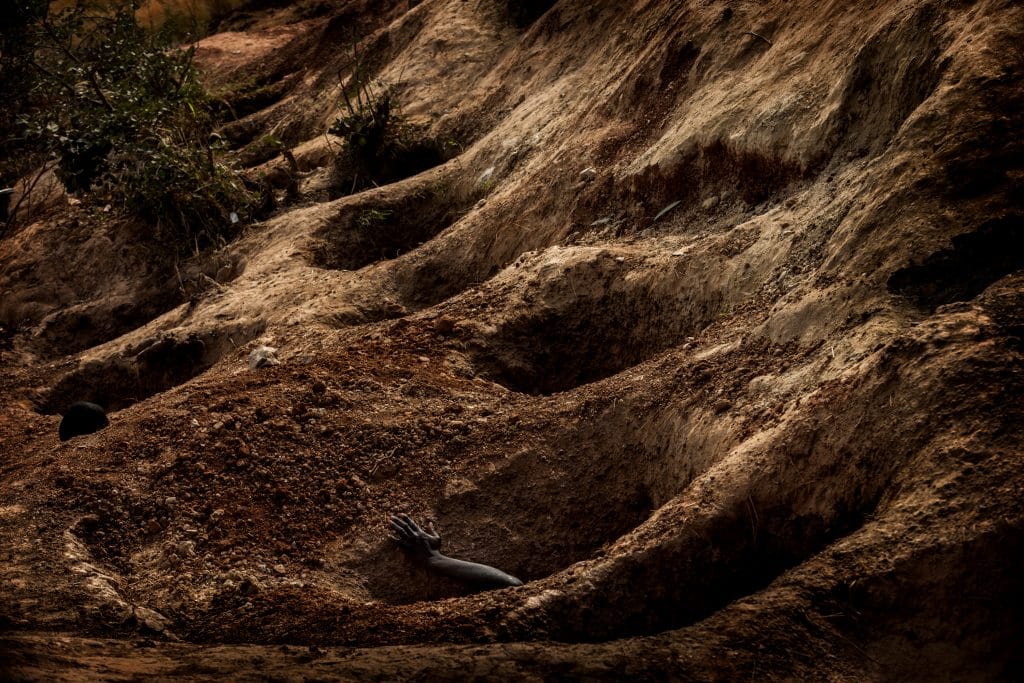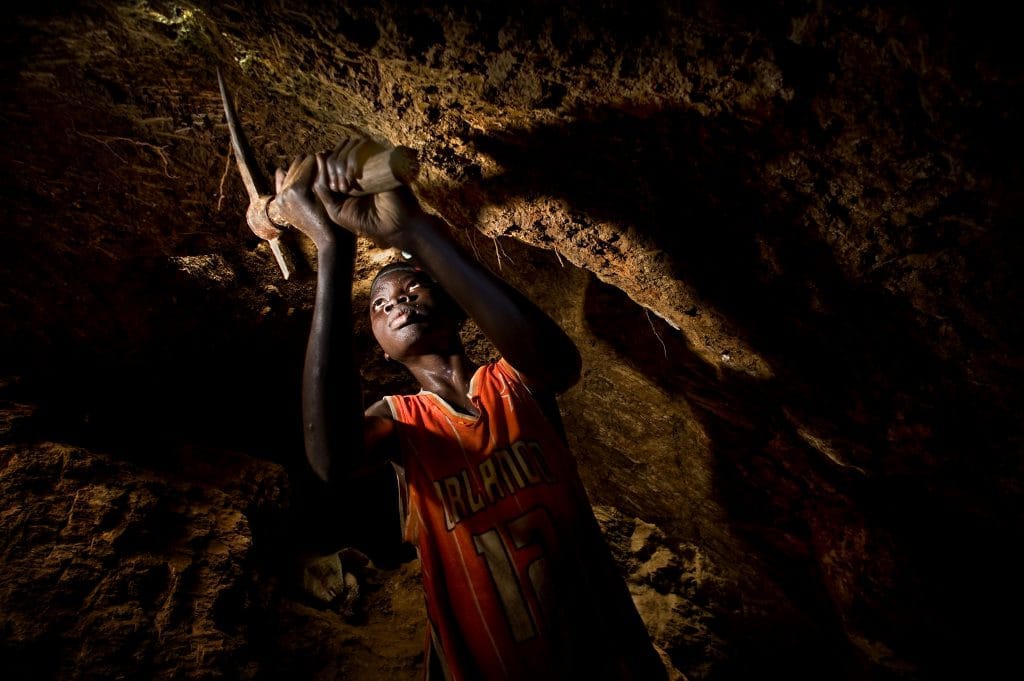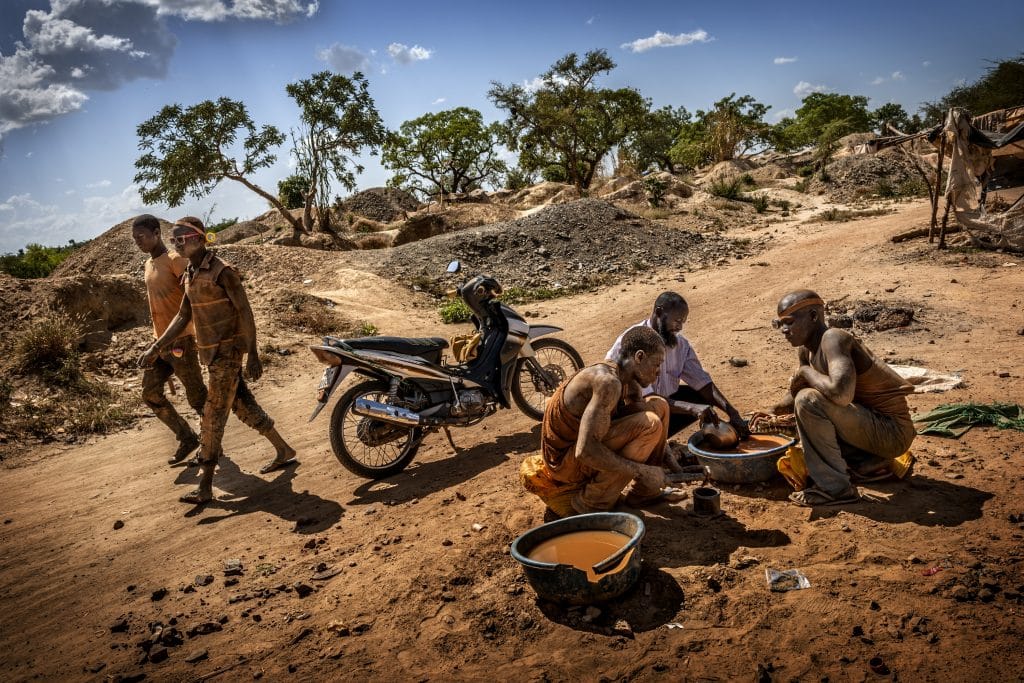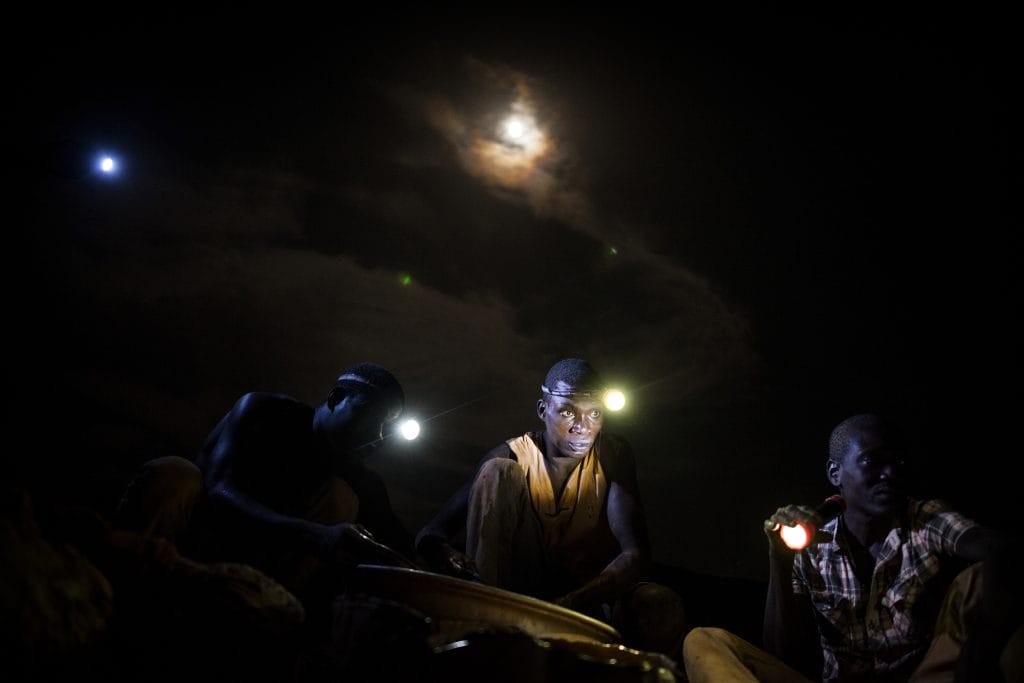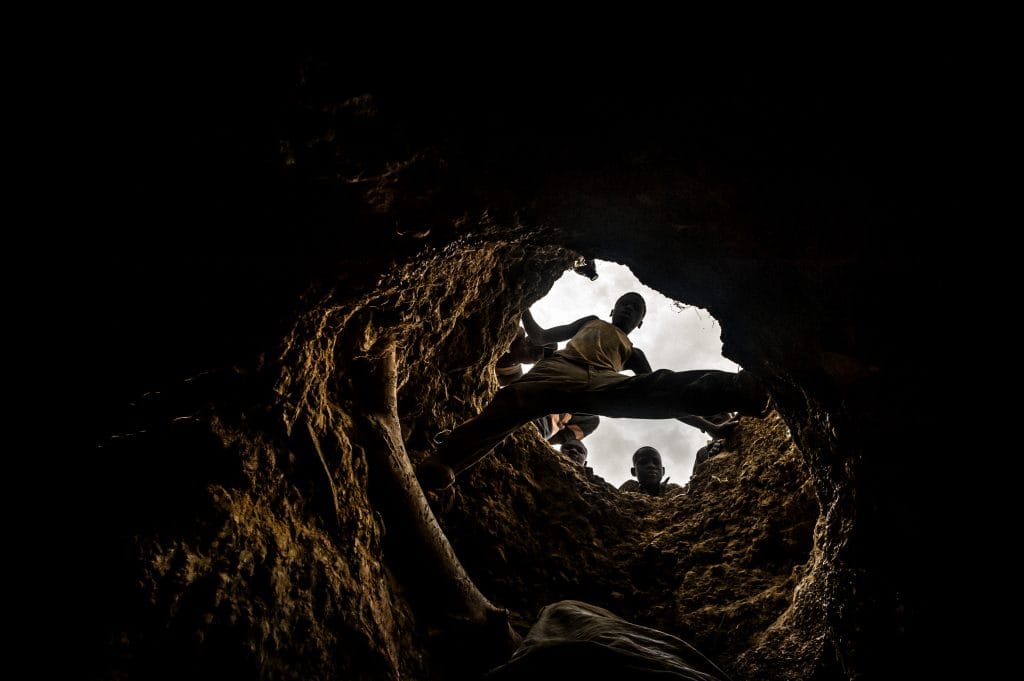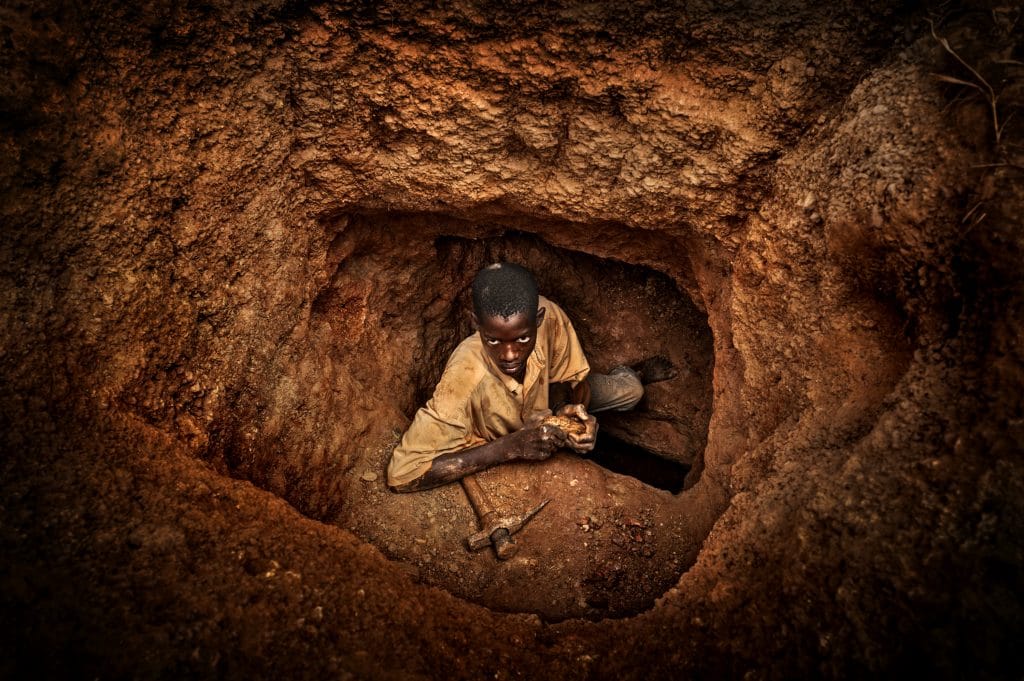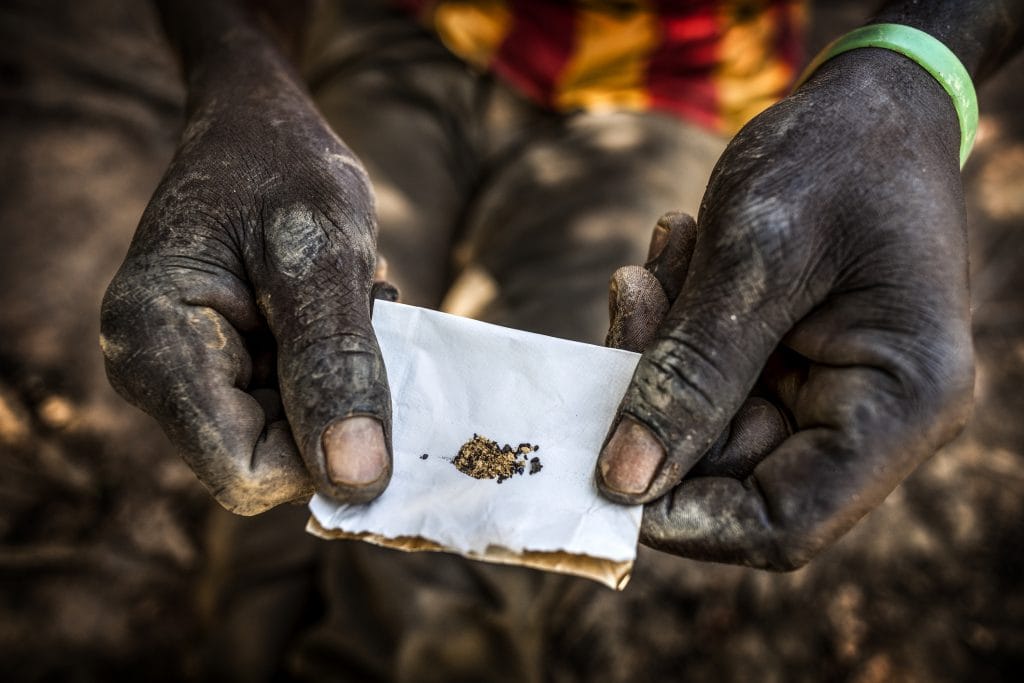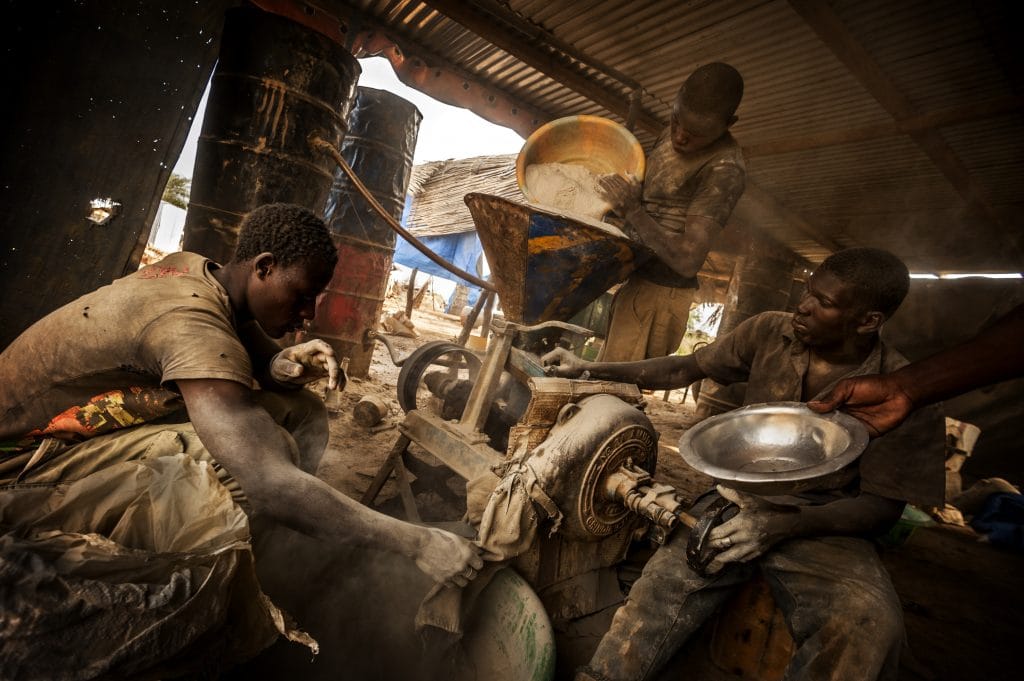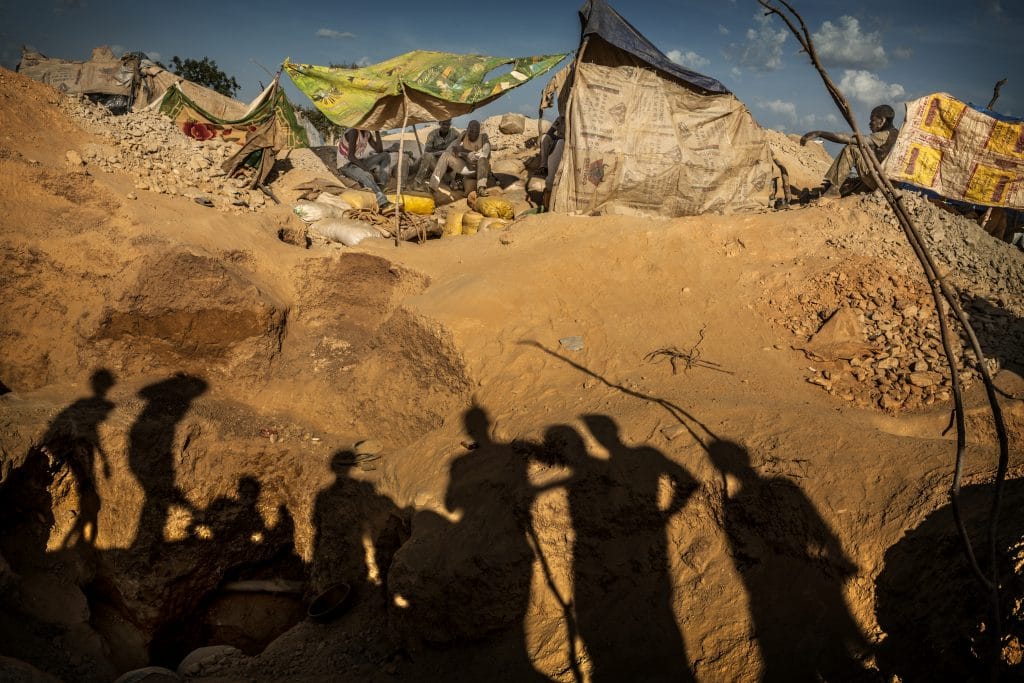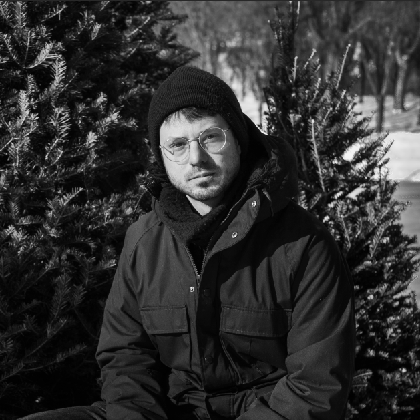Childhood Lost
Burkina Faso is the fastest growing gold producer in Africa. While industrial mines are the main players in this booming industry, artisanal and small-scale mining (EMAPE) remains common.
They are so called because they have little or no machinery. They are clandestine mines that rely on physical effort. Those who work in them work day and night.
This micro-industry provides a livelihood for more than 10 million people in sub-Saharan Africa. However, the lack of supervision of this sector makes it one of the most detrimental for the populations that depend on it.
The photographer Antonio has been working for over 20 years in West Africa. He has carried out many projects there, including several in humanitarian medicine with the organization he founded. It will still take him more than a year to access one of these artisanal mines.
On the spot, he is struck by the majority of women and children who work there. The small bodies make it easier to sneak into the underground galleries. The tunnels dug by force of arms go tens of meters deep into the rust colored ground. The goal is usually to reach 100 meters. According to some, gold is easier to access at these depths.
“The conditions there are horrible. They spend 12, 14, 18 hours in holes that are about one meter in diameter. There are no stairs or ropes, there is nothing to get in. They enter by standing with their hands and feet following the walls. Once at the bottom […] they take sand, put it in their pockets and come out.
The health conditions are bad. There is no water, most children go one or two months without washing. Then they sleep over the holes, if they leave them [unattended] someone may come and take them [possession and work for them].
According to international standards, mining is one of the worst forms of child labor because of the risk of injury and death. Constant exposure to dust, toxic chemicals, and heavy manual labour can lead to long-term health consequences. In addition to exposure to enormous risks, these children do not go to school. Working in the mines robs them of both their childhood and their future.
Close to the tunnels, the graves of colleagues who could no longer cope are being dug. The cemetery is the closest neighbor and often the next destination for those who go down into these cavities every day. Faced with the urgency of the needs to be met, the future remains more than uncertain.

